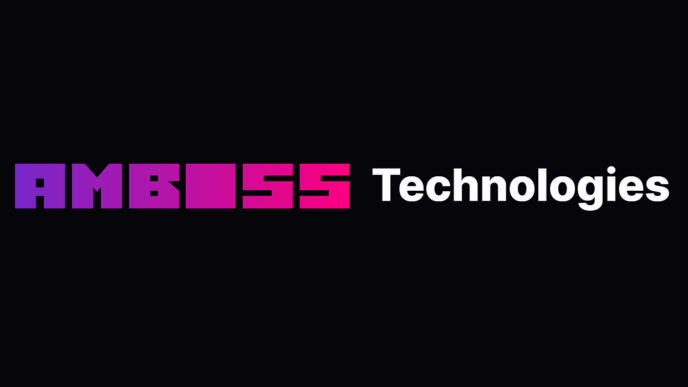Behind the Lightning Network lies two titans powering the network: Core-Lightning ( C-Lightning) and Lightning Network Daemon (LND). These implementations dominate the ecosystem, each offering unique strengths for developers, enterprises, and node operators.
C-Lightning vs. LND: Architectural Foundations
C-Lightning vs. LND starts with their core architectures. C-Lightning, written in C, prioritizes minimalism and efficiency. Built by Blockstream, it’s designed for Unix-like systems, emphasizing lightweight resource usage and modularity through plugins.
LND (Lightning Network Daemon), developed by Lightning Labs in Go, targets broader accessibility with cross-platform support and a feature-rich toolkit. Its architecture balances performance with developer-friendly APIs, making it a go-to for integrations.
C-Lightning vs. LND: Core Features Compared
C-Lightning excels in customizability. Its plugin system allows deep modifications, from custom payment trackers to novel routing algorithms. It supports Bitcoin Core’s wallet for on-chain operations but lacks built-in wallet services for Lightning, relying on external tools.
LND, meanwhile, bundles a full-suite wallet, autopilot routing, and advanced features like Atomic Multi-Path Payments (AMP). Its Neutrino protocol enables lightweight mobile clients, and its “Wumbo” channels support larger transaction capacities. LND’s gRPC and REST APIs streamline app development, attracting enterprises like Kraken and Cash App.
C-Lightning vs. LND: Performance and Scalability
C-Lightning’s lightweight codebase ensures lower memory usage (often under 50MB) and faster startup times. It handles high-throughput routing with minimal overhead, ideal for resource-constrained environments like Raspberry Pi nodes.
LND trades some efficiency for scalability. Its Go-based runtime consumes more memory (100MB+) but supports parallel processing, critical for large nodes. LND’s database architecture optimizes channel state management, reducing sync times during restarts. However, its resource demands make it better suited for servers or cloud deployments.
C-Lightning vs. LND: Use Cases and Developer Ecosystems
C-Lightning thrives in environments demanding control and efficiency. Linux-centric users, advanced node operators, and developers building custom modules (e.g., privacy plugins like CLBOSS) favor its “do one thing well” philosophy. Its sparse documentation and reliance on command-line tools, however, pose a steeper learning curve.
LND dominates mainstream adoption. Its polished APIs, extensive documentation, and compatibility with BTCPay Server and Lightning Pool attract startups and enterprises. Developers leverage LND’s tools to build custodial wallets, non-custodial apps, and liquidity marketplaces. Mobile-first projects like Breez Wallet rely on LND’s Neutrino for trustless operation.
C-Lightning vs. LND: Security and Maintenance
C-Lightning’s minimal attack surface reduces vulnerabilities, and its strict adherence to Bitcoin Core’s security practices ensures robustness. Updates are less frequent but rigorously tested.
LND adopts a rapid-release cycle, deploying patches and features faster. Its bug bounty program and community audits bolster reliability. However, its complexity increases potential attack vectors, requiring vigilant node management.
C-Lightning vs. LND: Which Should You Choose?
C-Lightning vs. LND isn’t a winner-takes-all battle—it’s about matching needs to strengths.
- Choose C-Lightning if:
- You need a lightweight, customizable node for advanced routing or niche use cases.
- Your stack runs on Unix systems with limited resources.
- You prioritize modularity over out-of-the-box features.
- Choose LND if:
- You’re building user-facing apps or enterprise-grade services.
- Cross-platform support and developer tools are non-negotiable.
- You want access to cutting-edge features like AMP or liquidity leasing.
The C-Lightning vs. LND rivalry fuels Lightning Network innovation. While LND drives mass adoption with its versatility, C-Lightning empowers experts to push boundaries. Together, they ensure the network stays decentralized, efficient, and ready to onboard billions.















